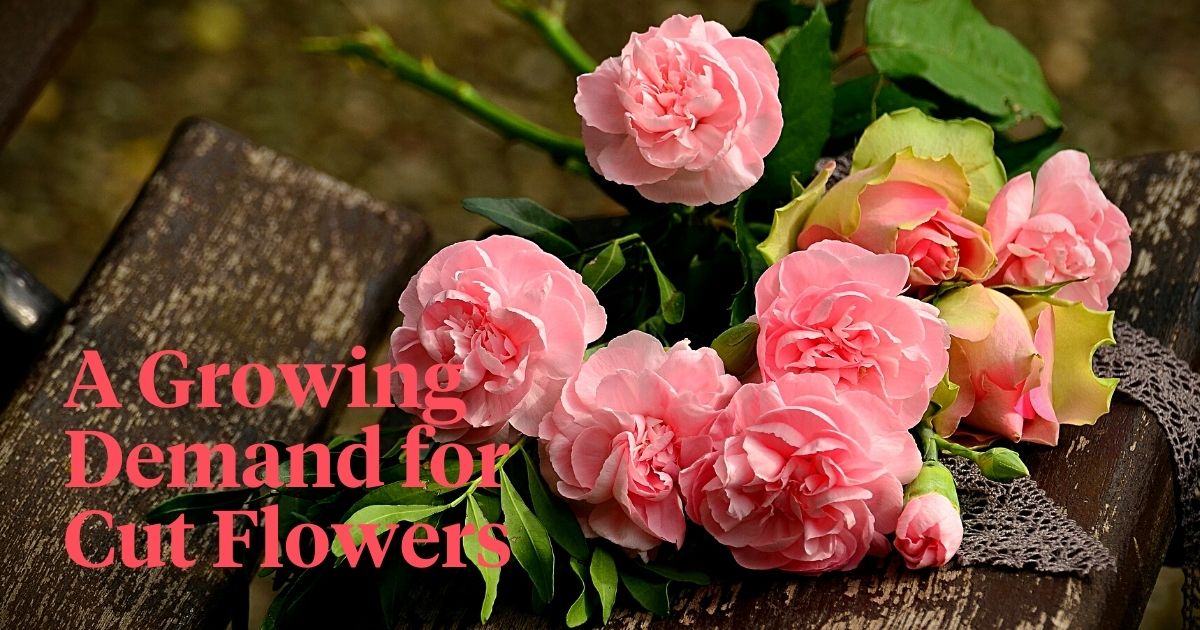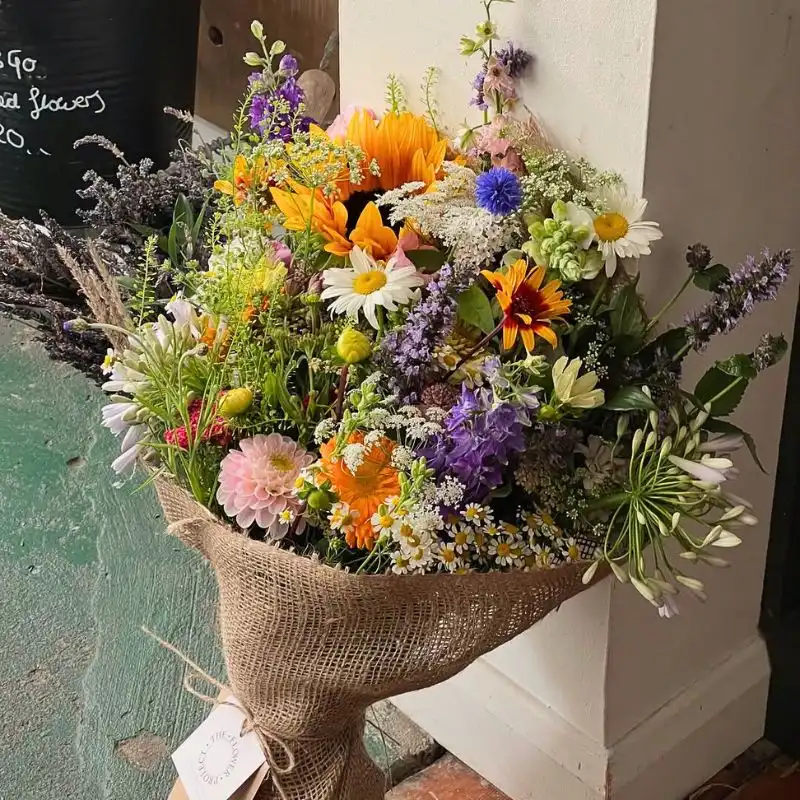The global cut flower market is expected to grow at a compound annual growth rate of 5.3% from 2022 to 2030, according to a report by research firm Research and Markets. The research from the report, titled Cut Flowers - Global Strategic Business Report, says by the end of this decade, the cut flower market will top $50.1 Billion, up from $33.3 Billion in 2022.
Roses, one of the segments analyzed in the report, is projected to record a 5.9% compound annual growth rate (CAGR) and reach US$15.8 Billion by the end of the analysis period. Growth in the chrysanthemum and gerbera segment is estimated at 5.3% CAGR for the next 8-year period, after 2022.
An Expected Rising Demand for Cut Flowers
This growth, the report explains, is pegged on the expected rising demand for cut flowers in Europe and North America, the world’s leading cut flower markets, as well as other emerging markets elsewhere across the world.
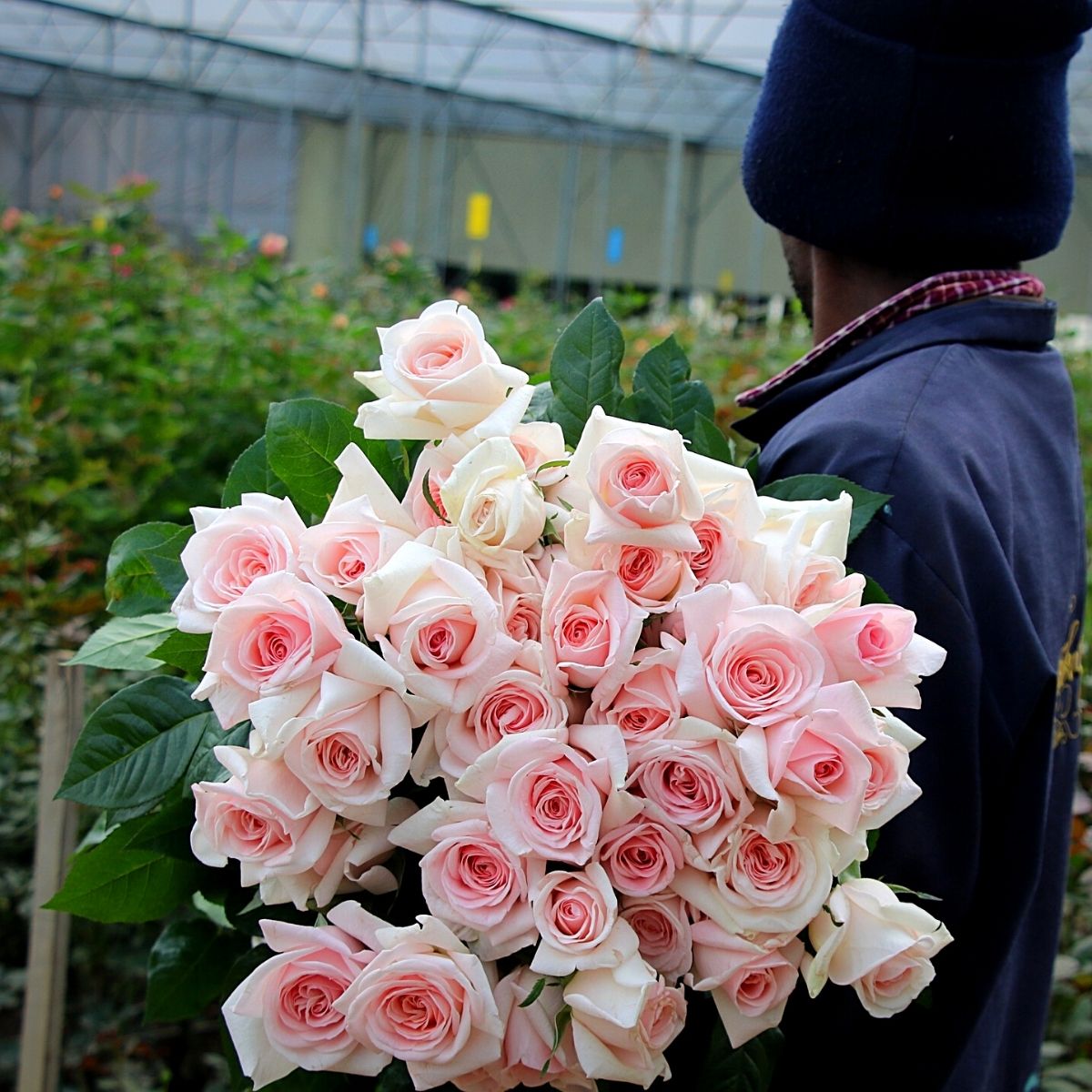
While North America and Europe currently dominate the market, owing to their high consumer expenditure on floral products and well-established distribution networks, the Asia Pacific region, particularly countries like South Korea, India, China, and Japan, is emerging as a lucrative market. This is fueled by rapid urbanization, increasing disposable incomes, and a growing affinity for floral decorations in social and cultural events.
The burgeoning demand for fresh flower arrangements at events and functions, coupled with a rising preference for distinctive and exotic flower varieties, has been a driving force behind the expansion of the commercial cut flower market in all the markets surveyed, including the Middle East and Africa (MEA), and South and Central America.
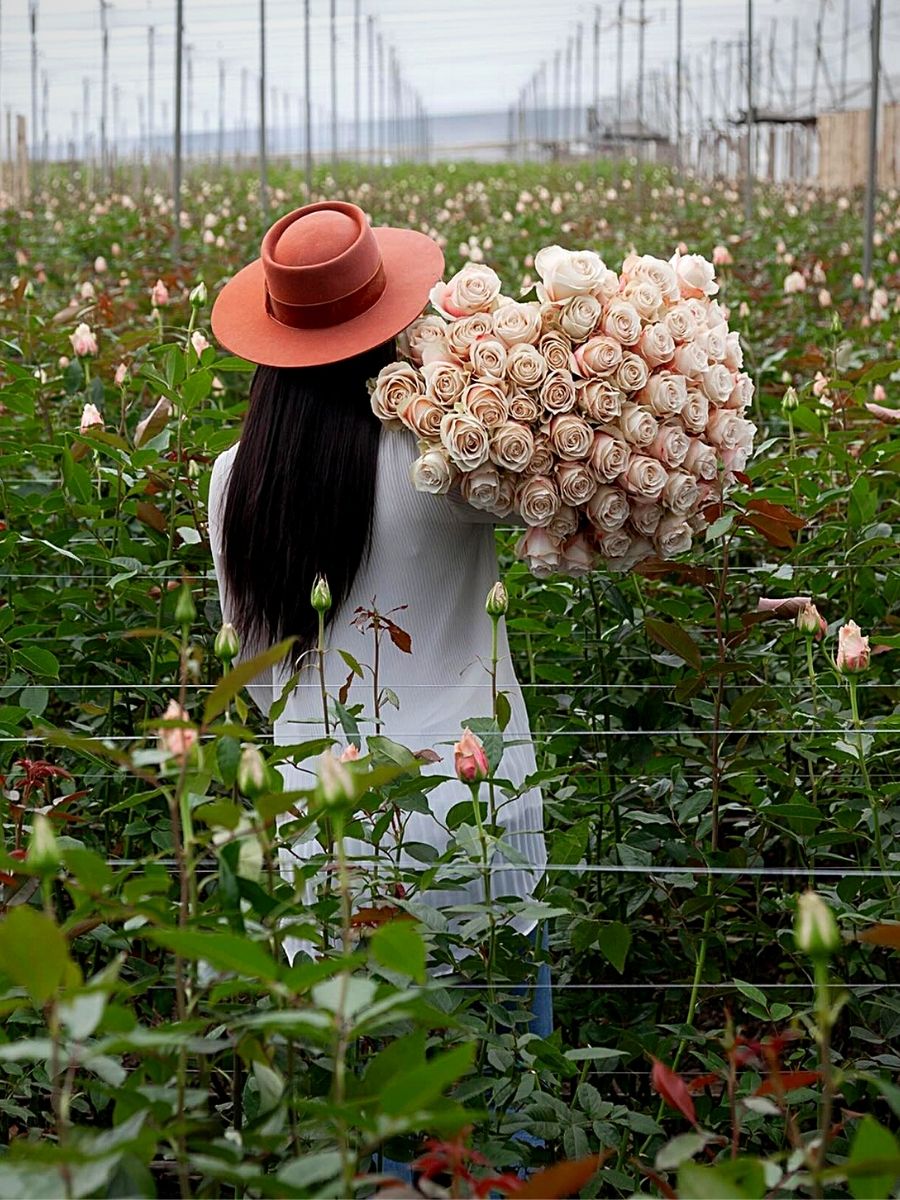
Photo by @rosaprimaroses
The report says:
“Trends such as oversized floral installations, hanging floral arrangements, and unique and bold-colored floral combinations further benefit the market for commercial applications.”
The surge in market value is also attributed to the rising adoption of flowers for various occasions and events, and advancements in flower cultivation and distribution techniques. The cut flower market encompasses a wide range of flowers cultivated and sold for decorative and ornamental purposes.
These flowers find extensive use in events such as weddings, festivals, parties, and corporate functions, as well as for gifting and personal enjoyment. The market caters to both individual consumers and commercial clients, including florists, event planners, and retailers.

Photo by @deruiterinnovations
In 2022, Europe held the largest share of the cut flowers market whereas North America is projected to grow at the highest. The increasing demand for fresh flower arrangements for events and functions and the growing preference for unique and exotic flower varieties have propelled the growth of the cut flowers market in commercial applications, according to the report.
The report, further, links the growth of the European market to the presence of established flower companies. In January 2024, German-based Selecta One and Italian flower firm Moraglia announced a new formal strategic alliance. This partnership significantly enhances their logistics capabilities and expertise, bolstering areas such as strategy, supply chain management, and team coordination.
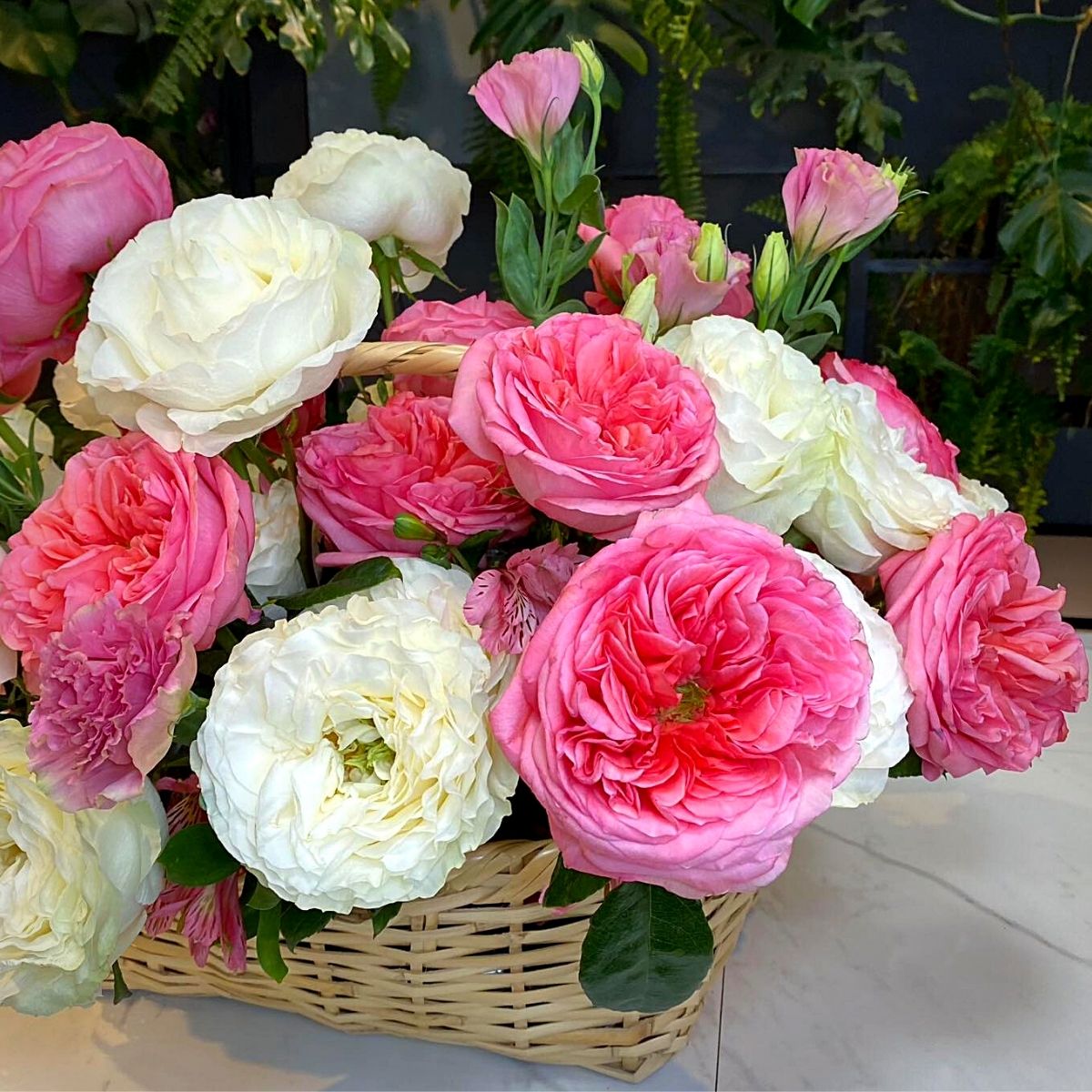
Photo by @tessacorp.roses
Small and medium enterprises within the cut flower industry, also, benefit from a robust virtualized freight and logistics network, alongside a well-coordinated supply chain involving growers, traders, logistics service providers, and gift shop outlets.
These virtual networks ensure efficient and cost-effective deliveries of floriculture products, including cut flowers, thereby bolstering the market in the region. Additionally, the tradition of gifting flowers on occasions such as birthdays, anniversaries, and holidays further drives demand for cut flowers in Europe. Seasonal celebrations and festivals like Easter, Christmas, Valentine’s Day, and Mother’s Day, which traditionally involve flower exchanges, also contribute to the market's growth.
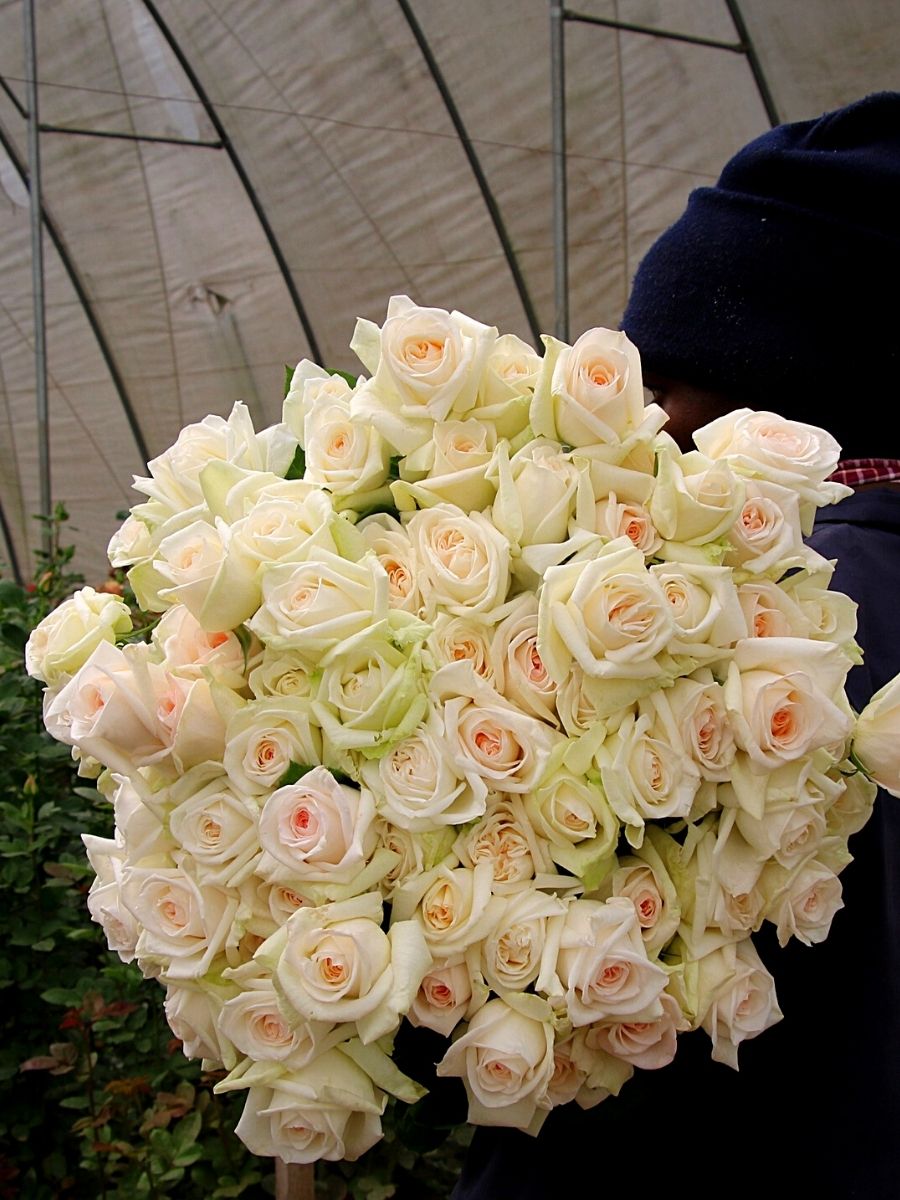
Photo by @tambuziroses
In North America, flower companies are constantly working toward improving the quality of cut flowers to attract new consumers and widen their consumer base. Based on data from the Society of American Florists, flowers represent 26% of total spending during Mother's Day in U.S. flower shops.
Additionally, the wedding and event industry significantly contributes to the demand for cut flowers, as couples and event planners utilize them in various decorations, bouquets, and centerpieces. According to the Knot's internal data, the average cost of wedding flowers in the U.S. alone in 2023 was $2,800 and has been steadily increasing over the last few years.
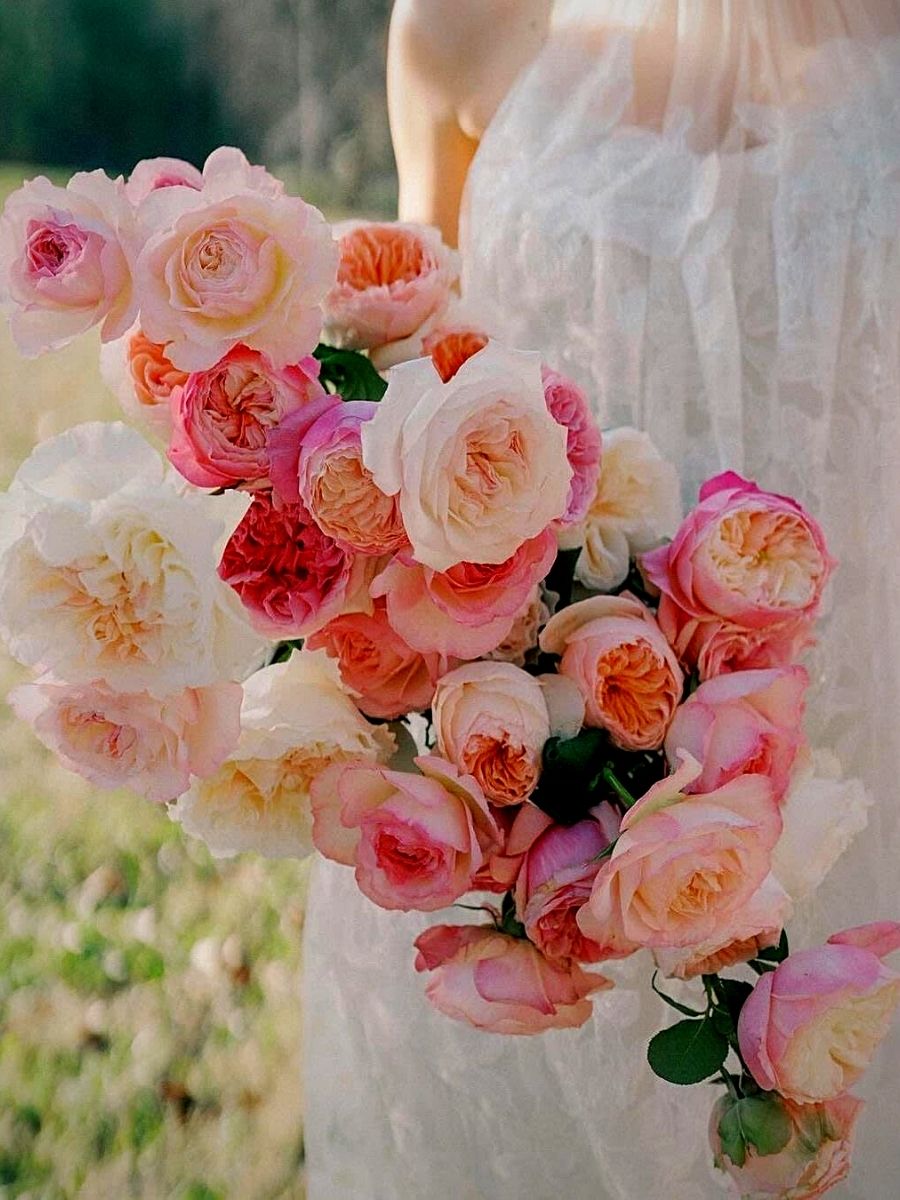
Floral design by @bowsandarrowsflowers, photo by @davidaustinweddingroses.
The cut flower market is also categorized by distribution channels, including supermarkets and hypermarkets, specialty stores, online retail, and others. Projections indicate that the online retail segment will experience the highest compound annual growth rate from 2022 to 2030.
The upward trend in e-commerce transactions presents an opportunity for the flower industry, with a growing number of retailers (including florists, supermarkets, and online specialists) expanding their online presence to sell flowers. The online assortment of available flowers is also expanding.
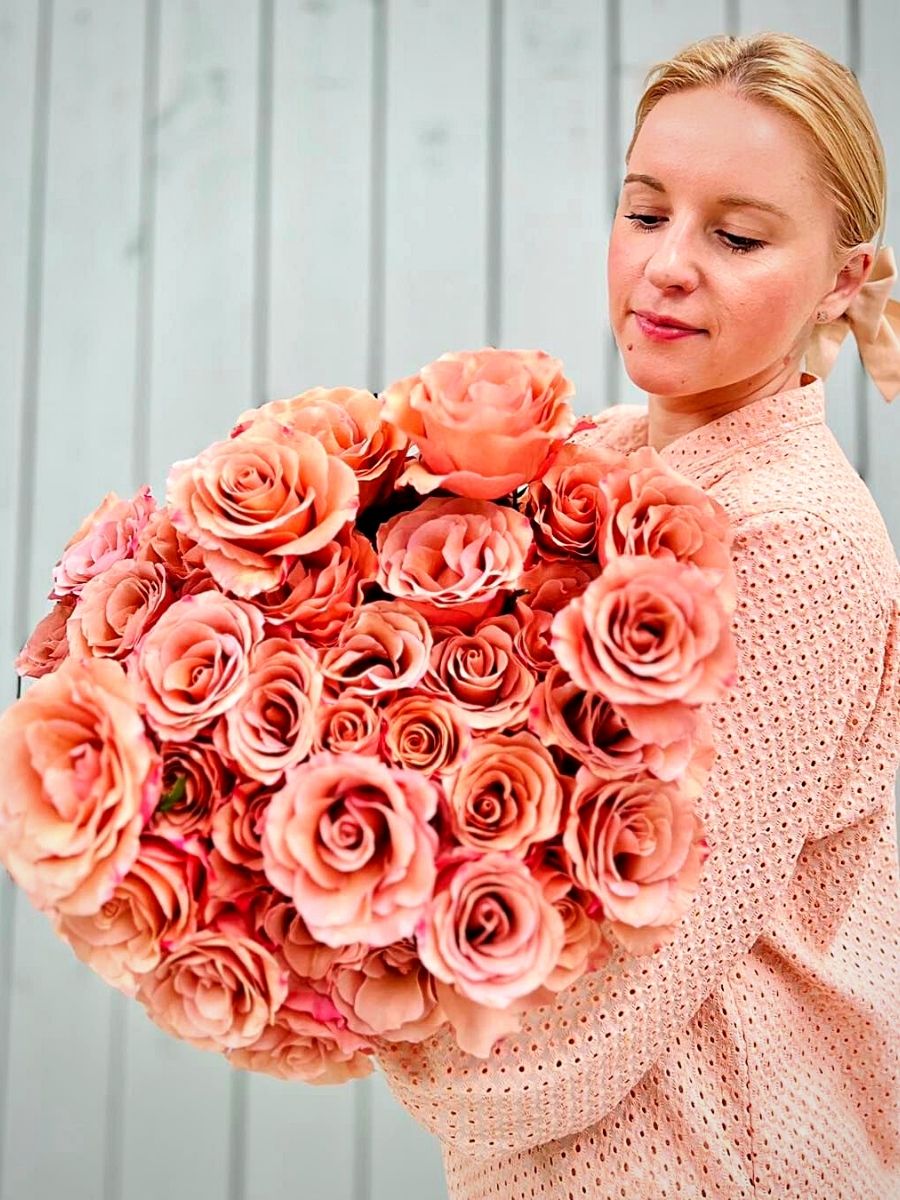
Photo by @deruiterinnovations.
The Internet Represents the Fastest-Growing Market Outlet
Although current market shares remain typically below 10%, the internet represents the fastest-growing market outlet in numerous European countries. This shift towards online sales emphasizes the importance of product consistency, efficient supply chains, and standardized information exchange practices. The surge in online sales of cut flowers (including bouquets, mono-bunches, and individual flowers) is expected to continue, with florists, either collectively or individually, playing a significant role in fulfilling orders.
E-commerce platforms in North America offer a wide array of cut flowers, along with special offers, discounts, and options for customization, thereby driving increased purchases through online channels. Furthermore, online sales provide valuable insights into consumer interests and demands, benefiting supermarkets as well.
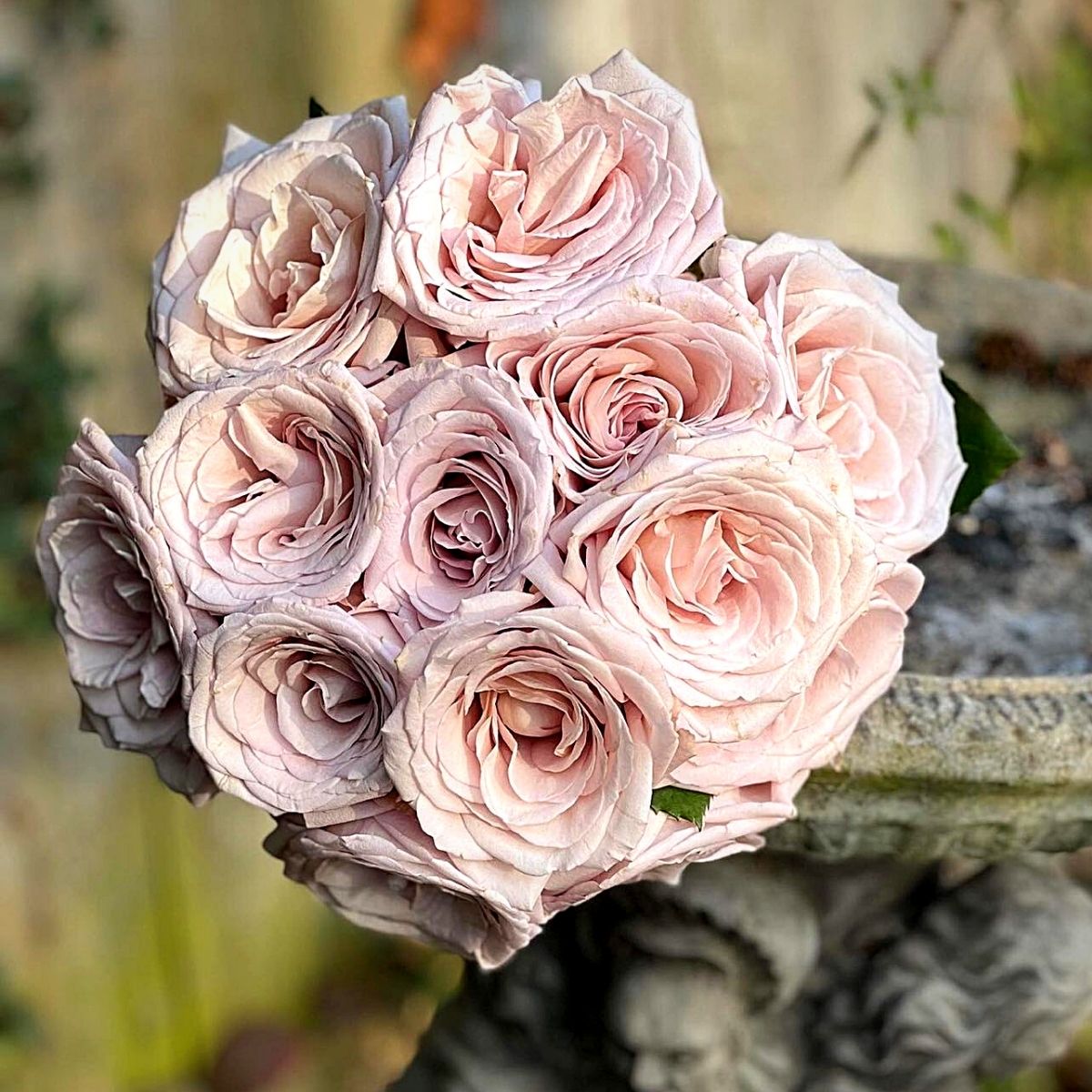
Photo by @decofreshroses
Online retailers often present an extensive selection of products, allowing customers to select preferred items by perusing various cut flower types, colors, and shapes to match their preferences. Moreover, these platforms provide detailed product descriptions, customer reviews, and images, enabling shoppers to make well-informed purchasing decisions.
To appeal to the preferences of the new generation of customers, fresh flower retailers across the globe are diversifying their offerings with a wide variety of cut flowers and introducing innovative designs and concepts. Additionally, cut flower companies are leveraging social media platforms for marketing campaigns due to their ability to target specific customer segments, reach a broad audience, and adapt quickly, all at relatively low costs.

Photo by @tessacorp.roses
Essentially, online retail platforms offer a convenient and easily accessible shopping experience for customers. By browsing from the comfort of their homes, customers can explore a wide range of cut flower varieties without the need to visit physical stores.
Technological advancements in flower cultivation, preservation, and distribution are also fueling market growth. Innovations such as greenhouse farming, hydroponics, and vertical farming have led to increased efficiency and productivity in flower production according to the report. Moreover, advancements in transportation and logistics have enabled growers to reach broader markets and ensure the timely delivery of fresh flowers.

The COVID-19 Pandemic Had a Significant Impact on the Global Cut Flower Market
Even so, despite the promising growth prospects, the cut flower market faces challenges such as seasonality, fluctuations in demand, perishability, and environmental concerns related to flower cultivation practices. However, these challenges also present opportunities for market players to innovate and diversify their offerings to meet changing consumer preferences and sustainability requirements.
The report highlights that the COVID-19 pandemic had a significant impact on the global cut flower market, disrupting supply chains, reducing consumer spending, and causing fluctuations in demand. Lockdowns, travel restrictions, and social distancing measures led to the cancellation of events and functions, resulting in reduced demand for cut flowers.

Photo by @deruitereastafrica
However, as economies gradually reopened and vaccination efforts progressed, the market rebounded, driven by pent-up demand and a resurgence in events and celebrations
Flowers Hold So Many Well-Being Benefits!
Cut flowers serve numerous purposes, offering numerous health benefits. Known for their immediate mood-enhancing effects, fresh flowers possess vibrant colors and delightful floral fragrances that aid in reducing stress, anxiety, and depression, thereby enhancing mental well-being.

Photo by @lepeony_flowers
Research indicates that exposure to flowers can lower cortisol levels, a stress hormone, resulting in reduced stress levels and a more relaxed demeanor. A study conducted by Harvard Medical School, also, demonstrated that having flowers in the home environment led to decreased feelings of worry, anxiety, and depression.
Feature image by @lepeony_flowers and header image by congerdesign

